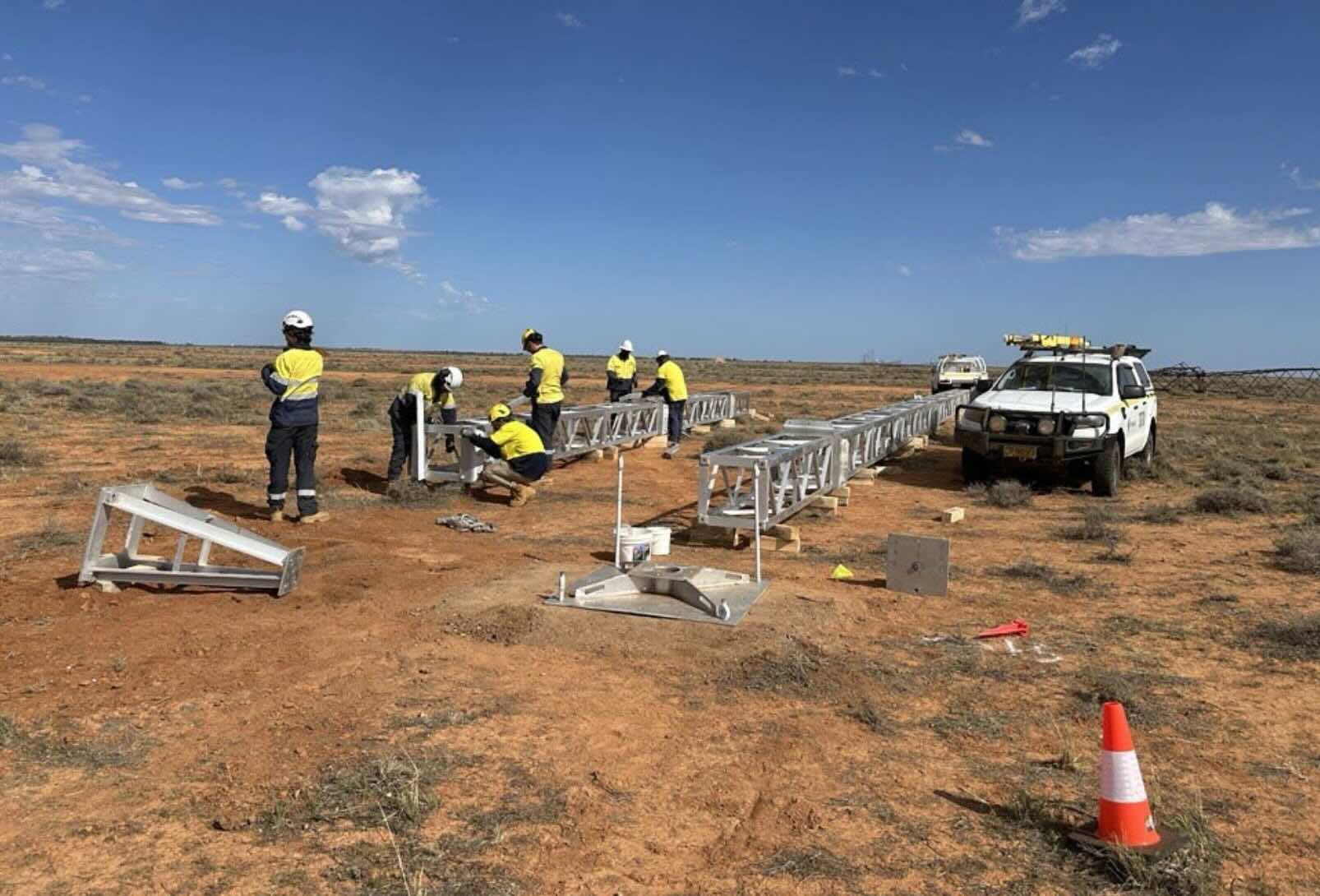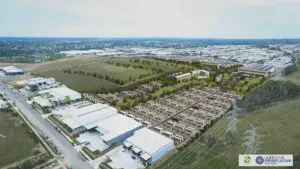The Australian Energy Regulator is to launch its own investigations into the events surrounding the extended blackouts in Broken Hill and surrounding areas, announcing on Monday that it will seek to establish if there has been any breach of the market rules.
The AER probe will be run in co-operation with a separate inquiry by the NSW-based Independent Pricing and Regulatory Tribunal (IPART) and follows controversy over the supply of electricity services since a storm blew down seven transmission towers just after midnight on October 17 and cut the region off from the rest of the grid.
The blackouts were extensive, but outages continued to occur because one of the diesel generators that were supposed to provide back-up power was out of action, and the other was incapable of meeting community and business demand.
The system tripped on multiple occasions until the big battery at Broken Hill was finally reconnected to the grid over the weekend.
There have been concerns raised – locally and within the industry – about why this situation was allowed to occur, given that energy reliability and resilience is a key focus for Australia because of its long and stringy grid that is vulnerable to storms, fires and other natural disasters.
There has been confusion, in particular, about the Broken Hill battery, which owner AGL says on its website is capable of establishing a micro-grid in such circumstances, and could – at least in theory – have kept the lights on with the help of the huge 200 MW Silverton wind farm about 10 kms away and the 53 MW Broken Hill solar farm just across the road.
But it also emerged that the Broken Hill battery had been deliberately disabled from providing this “islanding” service, under orders from transmission company Transgrid which had chosen instead to deliver those services through a new advanced compressed air storage project.
But that facility has not even begun construction, and won’t be built until 2027.
Trangrid and AGL worked for more than a week to try and fix the solution once the gravity of the situation became clear, and insiders say it is not easy to get a new battery, even with modern grid forming inverters, to talk electronically to an old diesel generator that was built nearly half a century ago.
It took a week, Renew Economy is told, just to agree to new performance parameters to allow the connection to occur. This was reached late last week, connection was achieved over the weekend, and succeeded in keeping the local grid steady through the evening peaks – even though demand came close to requiring load shedding.
The one operating diesel generator is operating at a reduced capacity of 14 MW (instead of 25 MW) and the 50 MW, 50 MWh battery is also restricted to a maximum 11 MW because of the difficulties in keeping it in sync with the diesel generator, which is located right next door.
The AER investigation is sure to investigate also the roles of all the actors in the local grid, which is complicated by the fact that the transmission line is operated by Transgrid and the local distribution network by Energy Australia, which once owned the diesel generators.
Essential Energy has installed its own stand alone diesel generators – right next to the battery and big diesel plant – and effectively run the local network serving other towns on its network in the region as its own micro-grid.
Both are struggling with the variability and output of rooftop solar, and local homes have been asked to shut them down (if they know how to do that safely), and local mines were asked to absorb some of the excess output – something that the battery is now capable of doing.
Essential said on Tuesday that its backup generator at Pinnacles Place in Broken Hill shut down at 7.30pm local time on Monday night, disrupting power to around 1800 customers in Menindee, Sunset Strip, Kinalung, Wilcannia, White Cliffs, Milparinka, Packsaddle, Tibooburra, Mt Gipps, Stephens Creek and surrounding rural properties for more than an hour.
“Crews attended the site and power was restored at 9pm ACDT,” it said. “The cause of the disruption is being investigated and an additional contingency plan is being put in place in the event it happens again.”
The AER said its investigation will consider spending on capital and operating expenditure, with a particular reference to the note it issued two years ago about the importance and roles of various players in assuring community resilience.
Indeed, according to local reports, some in isolated towns are wondering about the benefits of being connected to the grid, given the multiple outages, the vulnerability of long transmission lines, and the cost of building and maintaining them.
For a long time, however, the regulatory regime prevented these communities from being disconnected to the grid and given the resources to ensure their own resilience, be they renewables and storage, and diesel back up.
Broken Hill itself is a slightly different case, given the size of town, its mining operations, and the big wind and solar farms that are located in the region. But it has also been a notoriously weak part of the grid, the wind and solar farm have often been heavily restricted, and it has had flow on effects elsewhere, particularly to solar farms in Victoria.
See: Wind and solar projects warned of “material” constraints in Victoria
That was one of the reasons why the Broken Hill battery was proposed, and supported by the Australian Renewable Energy Agency to include grid forming inverters.
But as the deadline neared to find a likely replacement for the diesel generators, Transgrid came up with a novel solution that included the largely untested idea for a massive renewable micro-grid based on Hydrostor’s advanced compressed air storage technology.
That proposal was initially rejected by the AER in controversial circumstances because the rule of the market – as deliberately designed by the former Howard government last century – expressly excluded any consideration of emissions in such regulatory investments.
See: Regulatory madness promotes dirty diesel over renewable mini grid at Broken Hill
Transgrid then found another way of getting the Hydrostor project approved, and it has since been awarded an underwriting agreement by the NSW state government as part of its long duration storage needs.
But the question of the role and restrictions put on the battery before the Hydrostor project is completed is likely to be one focus of the AER probe, along with questions on whether the two network operators had done enough to keep their equipment ready for use in such an emergency.
But, like many of the challenges facing the green energy transition, this is not really about the technology, but whether the regulatory processes, the rules and grid management protocols are fit for purpose.
Many say they are not, and the Broken Hill situation could easily be replicated in other remote parts of the grid, particularly given the realisation that many of the transmission lines decades ago no longer have the strength to resist the fierce storms that climate change is thrusting upon them.
In the meantime, Transgrid says it has now raised its seventh replacement tower as it races to complete the reconnection to the main grid by November 6. It will now go about restringing the line.










